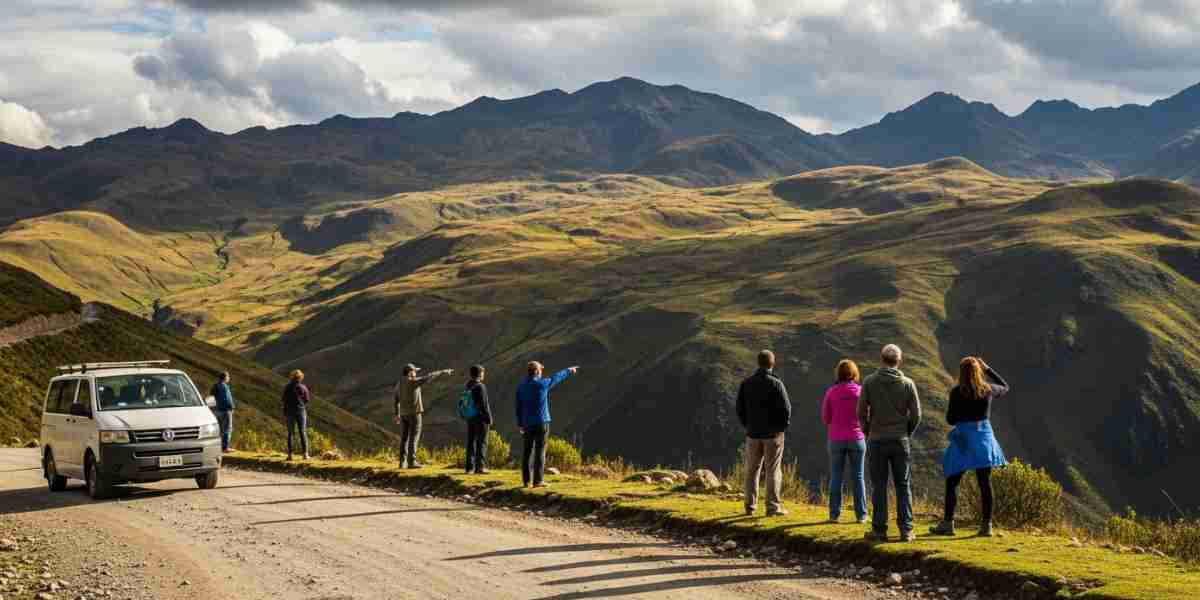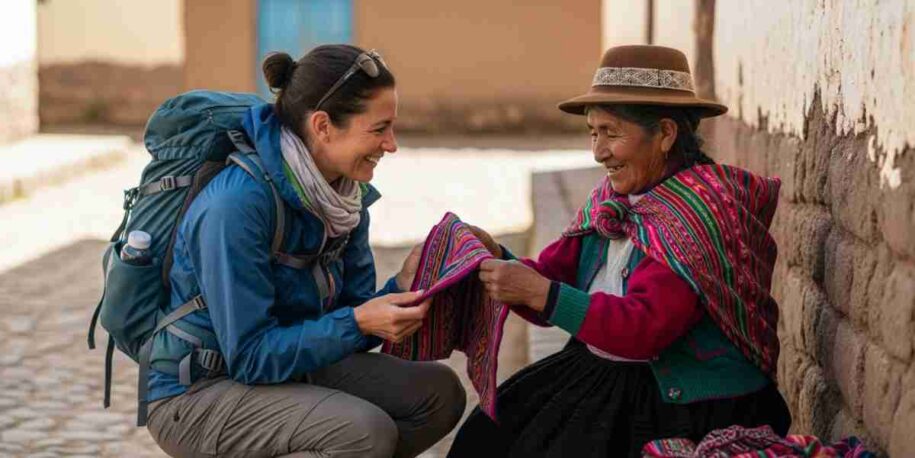I see you. You’re the one with the color-coded spreadsheet, the perfectly laminated itinerary, and the restaurant reservations booked three months in advance. Your travel planning is an art form, a masterful strategy designed to orchestrate a seamless, perfect journey. And I respect that deeply. That dedication to detail is a sign of a thoughtful traveler, someone who values their time and wants to create the most meaningful experience possible. But I’m going to let you in on a secret, one learned over decades of guiding travelers through the Andes: some of the absolute best moments in Peru will happen in the spaces between your plans, often when they crumble entirely.
This isn’t a call for chaos. It’s an invitation to view travel—and Peru in particular—not as a project to be managed, but as a conversation to be had. And sometimes, the most profound parts of that conversation begin when the country unexpectedly interrupts you.
The Beautiful Illusion of a Perfect Plan
There’s immense satisfaction in mapping out a complex adventure like a trip to Peru. Choosing the right trek, like the iconic Classic Inca Trail, securing permits, and scheduling acclimatization days in Cusco gives you a sense of control, a necessary anchor when venturing into the unknown. This kind of thoughtful travel planning is the foundation of a successful trip, and it’s a crucial part of what we help you build.
However, Peru has its own ancient, unwritten agenda. It moves to a different rhythm—a blend of Incan history, colonial influence, and a vibrant, modern pulse that doesn’t always sync with a digital calendar. This is where the magic lies, but it can feel like friction at first. It’s the unexpected festival that closes a road, the local market day that beckons you off-course, or the sudden mountain shower that forces you to take shelter in a place you never intended to find.

Peru’s Unspoken Rhythm: Embracing the Unexpected
Let me tell you a story. A few years ago, I was guiding a small group of very organized professionals through the Sacred Valley. Their schedule was, to put it mildly, precise. Then we got word of a `paro`—a local transportation strike—that had blocked the main road to our next destination. The initial reaction in the van was palpable: anxiety, frustration, the quiet panic of a carefully constructed timeline falling apart.
My job wasn’t just to find a new route; it was to reframe the situation. The main road was closed, but a smaller, winding path through the hills was open. It would take longer. It would be bumpy. But it would also take us through a series of high-altitude villages that see very few outsiders. The «delay» became the destination.
✨ The Unexpected Detour
Instead of arriving at a hotel, we spent two hours in a tiny village square where women were weaving intricate textiles, using techniques passed down for centuries. We shared coca leaves with a community elder who, with our guide translating, told us stories about the `Apus` (mountain spirits) that weren’t in any guidebook. We bought freshly baked bread from a clay oven. The air was filled with the smell of woodsmoke and damp earth. That unplanned stop—born from the «disaster» of a roadblock—became the memory everyone talked about for the rest of the trip. It was raw, real, and utterly unscripted. It was one of their most authentic Peru experiences.
Discomfort Isn’t Danger: Why Some of the Best Moments in Peru Require a Guide
It’s crucial to distinguish between two types of discomfort. There’s the discomfort of being unsafe, unprepared, or unsupported—that’s just stress, and it’s what a professional operator exists to eliminate. Then there’s the discomfort of the unfamiliar, of stepping out of your cultural and logistical comfort zone. This is the discomfort that acts as a compass, pointing you toward growth and genuine connection.
The key to being able to embrace the second type of discomfort is having an ironclad safety net. The freedom to enjoy a spontaneous moment only comes when you know, with absolute certainty, that the critical details are being managed by experts.
🛡️ The Safety Net Principle
When that `paro` happened, my travelers could relax into the experience because they weren’t the ones worrying about the logistics. They didn’t have to figure out the alternate route, confirm the hotel would still hold their rooms, or wonder if they were safe. Our team on the ground was handling it all. This is the core of our philosophy. We build a fortress of logistical support and unwavering safety protocols so that you have the secure platform from which to leap into the beautiful, unpredictable moments that make travel transformative. As the saying goes, serendipity favors the prepared mind, and in Peru, it especially favors the well-supported traveler.
How to Plan for Spontaneity: A Traveler’s Paradox
So, how do you, the meticulous planner, reconcile your nature with Peru’s spontaneous soul? You don’t abandon your plans; you build flexibility into them. You create a structure that is strong but not rigid.
✅ Your Flexibility Checklist
- Build in Buffer Time: Don’t schedule every moment. Add an unscheduled afternoon in Cusco or a «free day» in the Sacred Valley. This creates space for the unexpected to happen.
- Trust Your Local Experts: Your guide is your greatest resource. If they suggest a small diversion to a local market or a viewpoint not on the itinerary, say yes. They know the rhythm of their homeland.
- Adopt a «Yes, and…» Mindset: When something disrupts your plan, try to see it not as a «no,» but as a «yes, and…». «Yes, the museum is closed, *and* now we have time to explore the artisan quarter of San Blas.»
- Choose Your Operator Wisely: This is the most critical step. Your peace of mind rests on the experience, ethics, and on-the-ground capability of your travel partner. A great operator doesn’t just sell tours; they sell solutions and serendipity.
Your Journey, Reimagined
A trip to Peru is a chance to see Machu Picchu, to hike through the Andes, to witness history firsthand. But it’s also a chance to meet a different version of yourself—one who is more resilient, more open, and more comfortable with the beautiful uncertainty of life. The greatest souvenir you can bring back from Peru isn’t a textile or a photograph, but the realization that the most memorable stories are rarely found on the itinerary.
When you’re ready to build an adventure that balances meticulous planning with the freedom for authentic discovery, we’re here to help. Let’s create a journey that’s not just a trip, but a true exploration. You can start planning your expertly-guided tour with us today.

